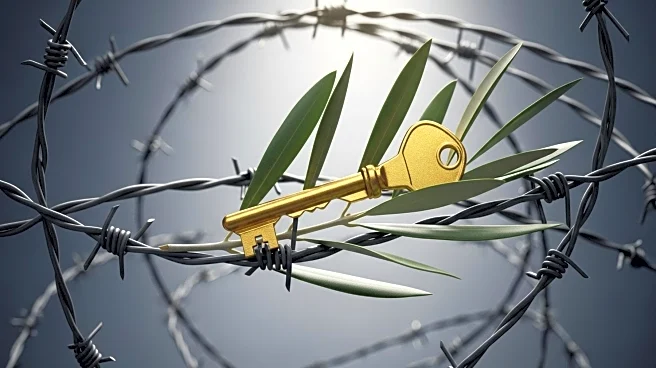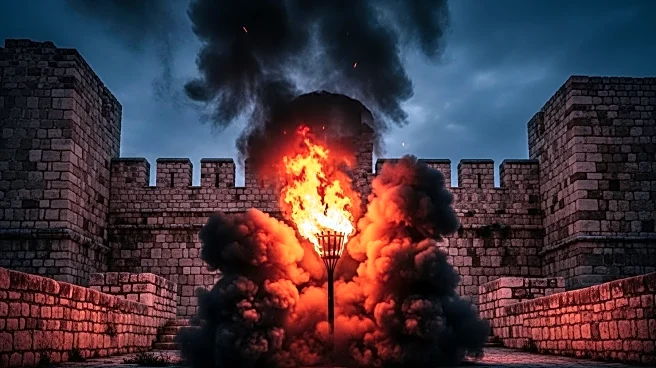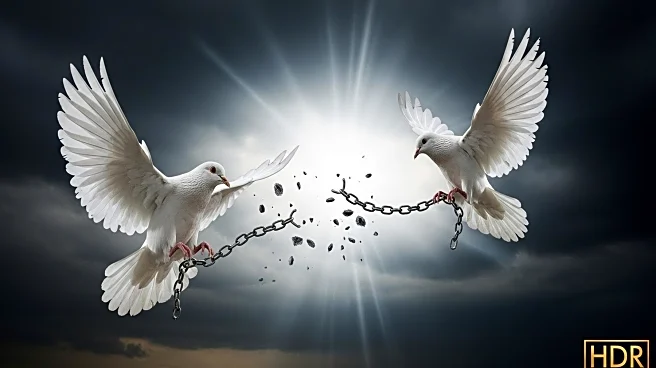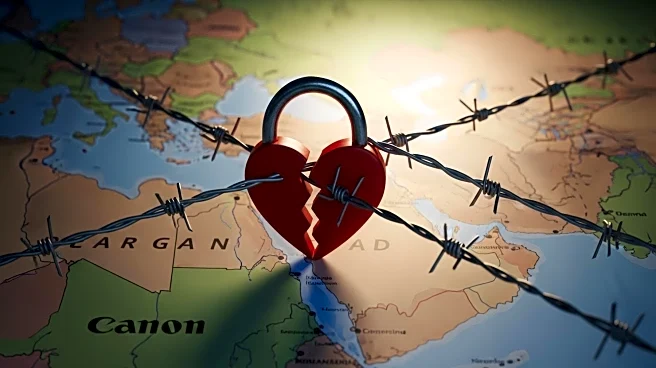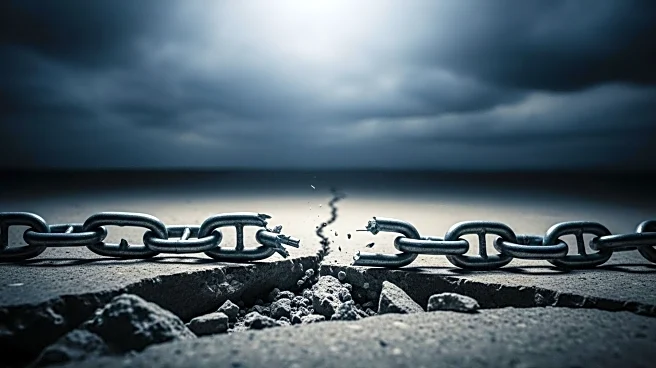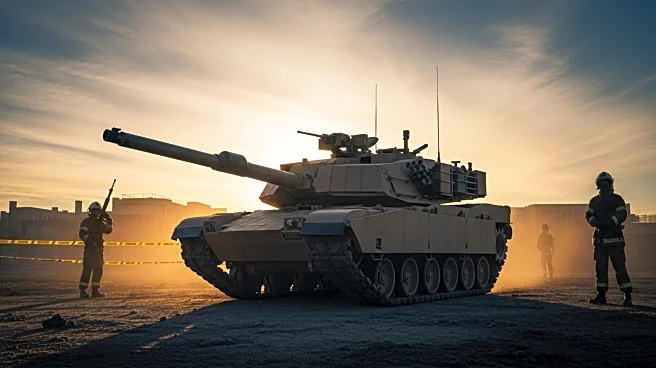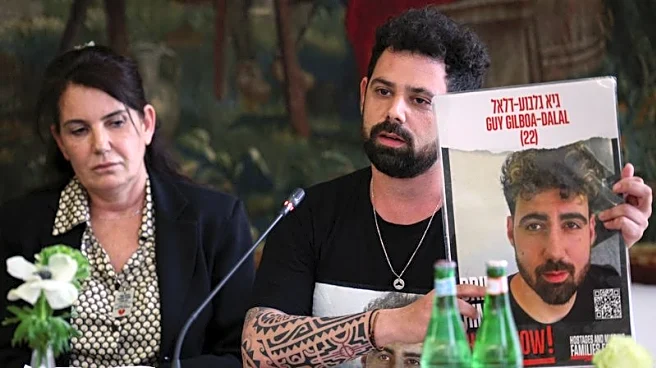What's Happening?
Family members of Arie Zalmanowicz, the oldest Israeli hostage held by Hamas in Gaza, were recently shown new footage of his abduction. The video, believed to have been filmed shortly after the 86-year-old was taken from his home in Kibbutz Nir Oz, was presented to the family by the government hostage task force. The footage shows Zalmanowicz visibly wounded and terrified, seated on a motorcycle between two Hamas militants. This new video, shot from close range, contrasts with an earlier, grainier version released by the family. The footage has raised alarms about the condition of other hostages, as it highlights the dire circumstances faced by those still held captive. Hamas had previously claimed in a propaganda video that Zalmanowicz died from Israeli airstrikes, a claim that was later confirmed by Kibbutz Nir Oz, stating that his body remains in Gaza.
Why It's Important?
The release of this new footage underscores the ongoing humanitarian crisis involving hostages in Gaza. It highlights the emotional toll on families and the urgent need for resolution. The situation has significant implications for Israeli domestic policy and international relations, as it pressures the Israeli government to prioritize the safe return of hostages. The footage also serves as a stark reminder of the human cost of the conflict, potentially influencing public opinion and international diplomatic efforts. The family's call for action reflects broader societal demands for government accountability and effective negotiation strategies to secure the release of hostages.
What's Next?
The Israeli government faces increasing pressure to negotiate the release of remaining hostages. The family of Arie Zalmanowicz has requested the full video, which has not yet been released to them. This situation may prompt further diplomatic efforts and international involvement to address the hostage crisis. The ongoing release of such footage could lead to heightened public scrutiny and demands for transparency in government actions. Additionally, the international community may increase calls for humanitarian interventions and conflict resolution strategies to prevent further loss of life.


